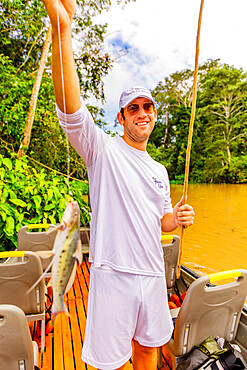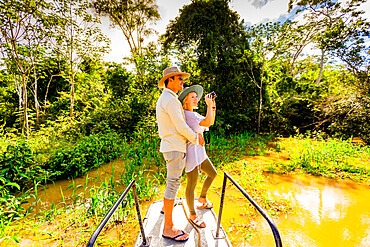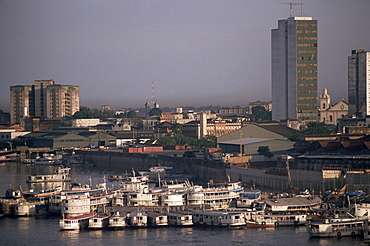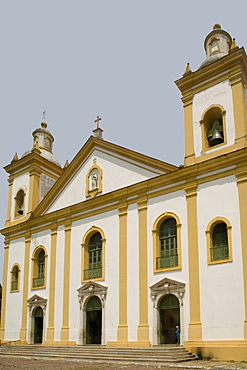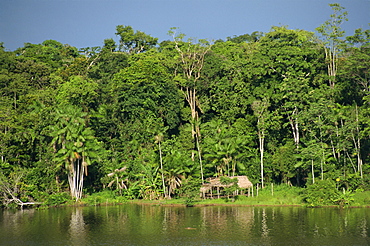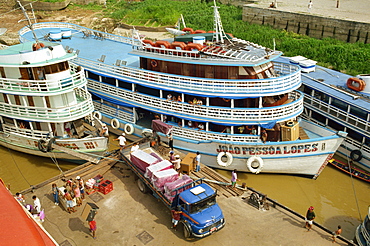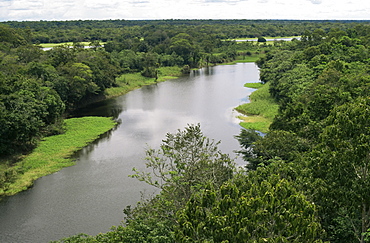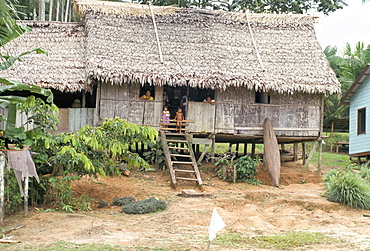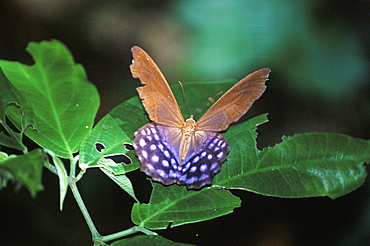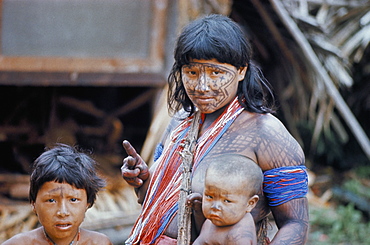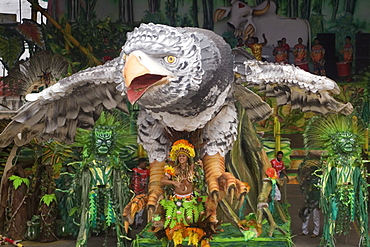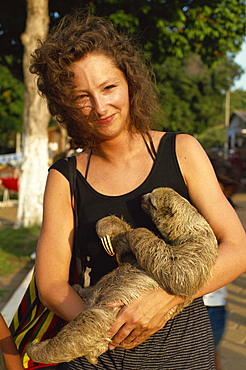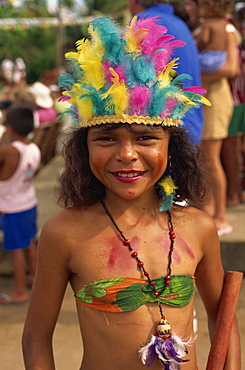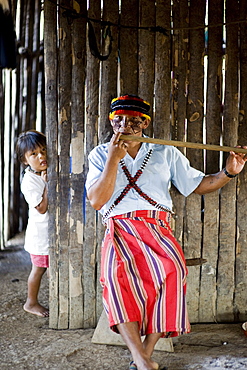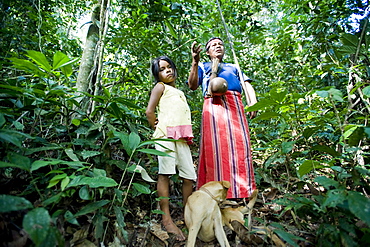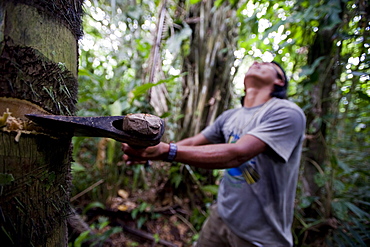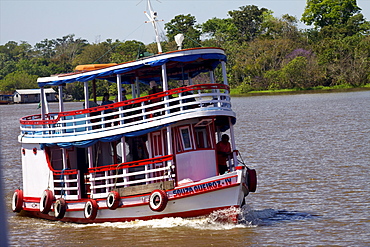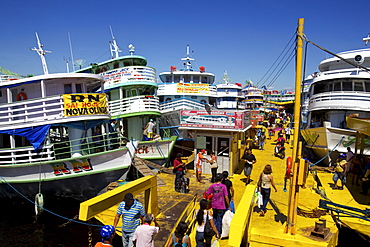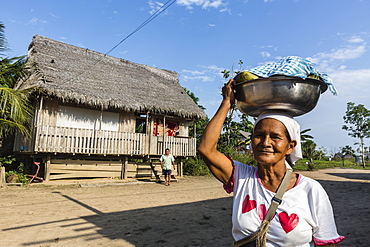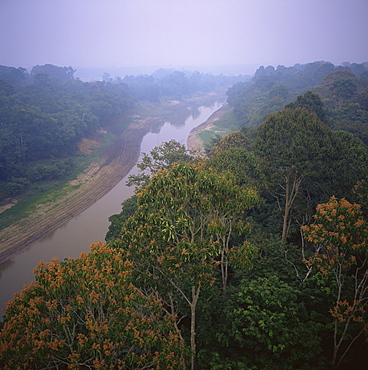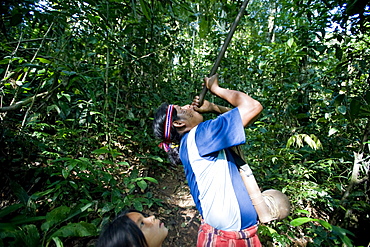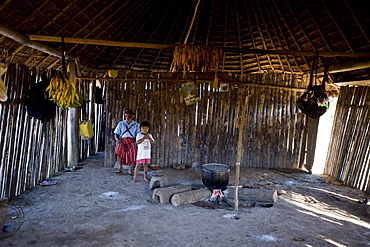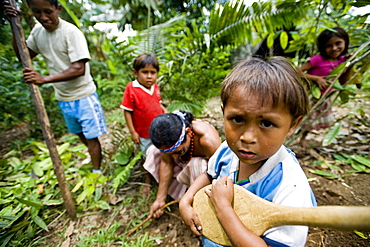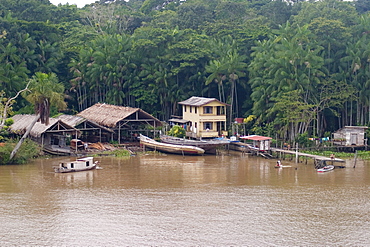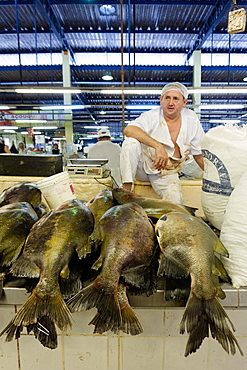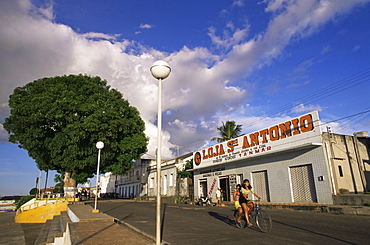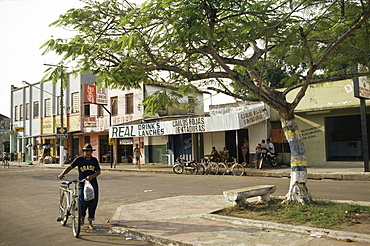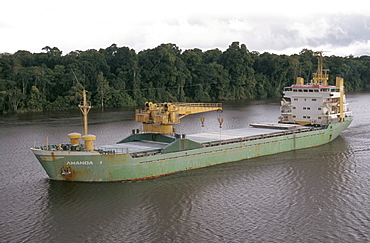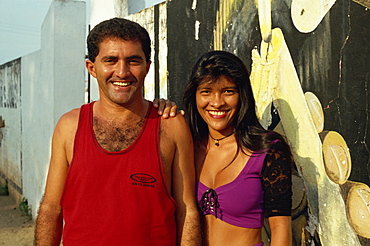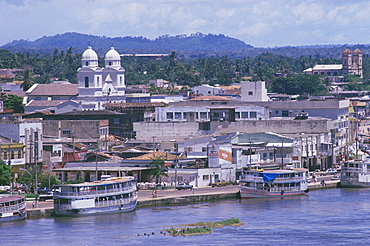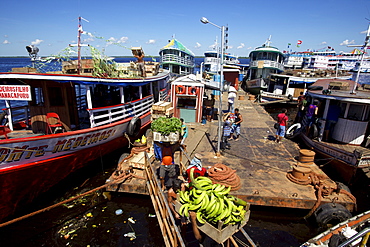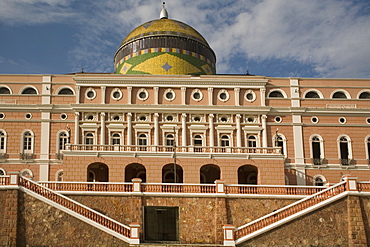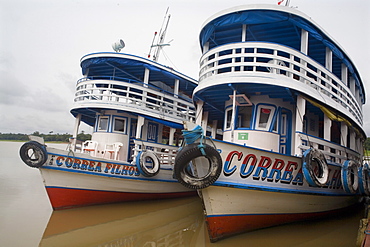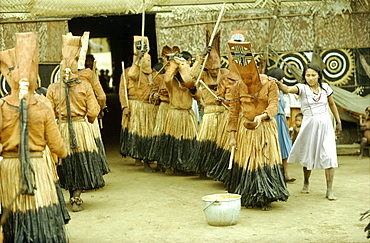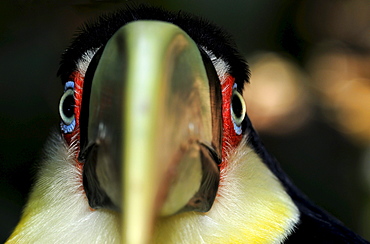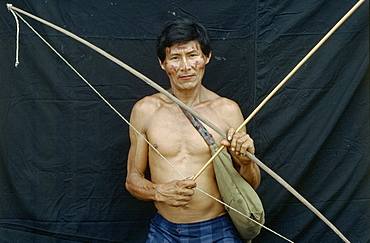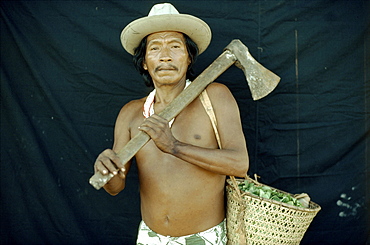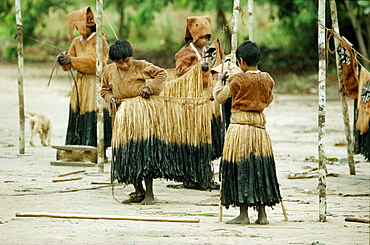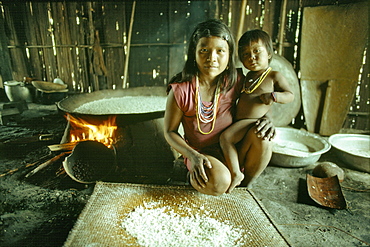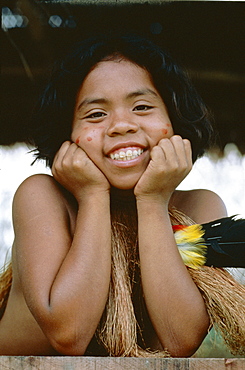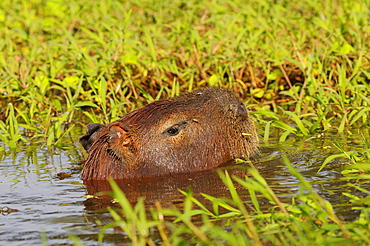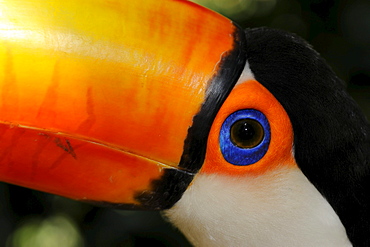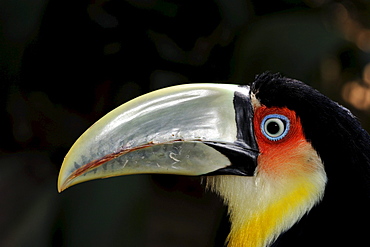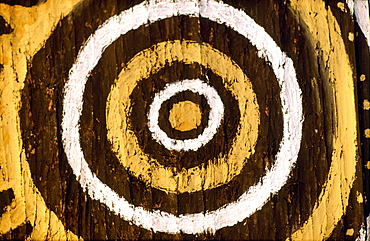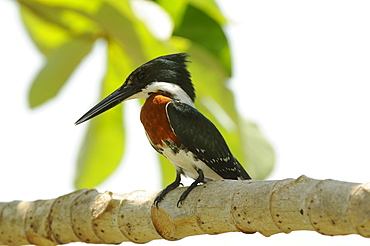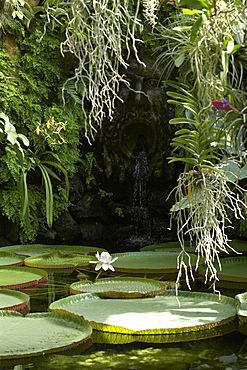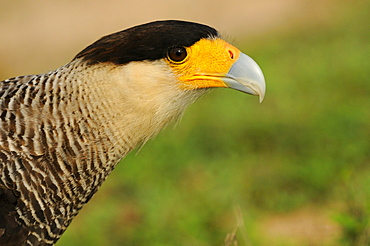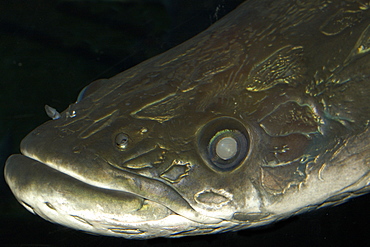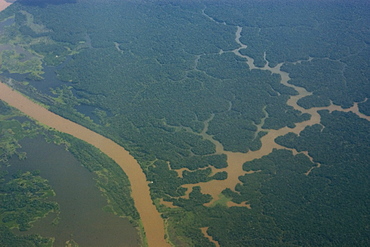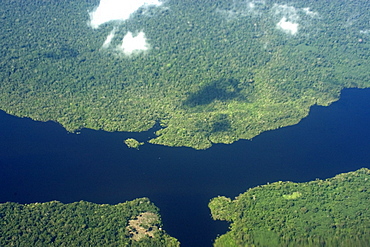Results
« Previous 1 2 3 4
386 results found
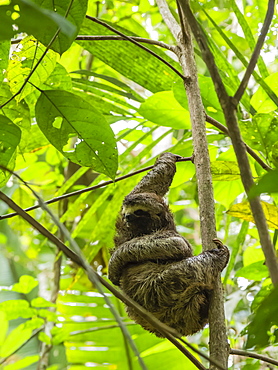
Adult brown-throated sloth (Bradypus variegatus), Yanayacu Lake, Rio Pacaya, Amazon Basin, Loreto, Peru, South America
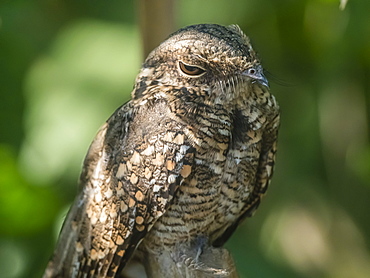
An adult common pauraque (Nyctidromus albicollis), Rio Yanayacu, Amazon Basin, Loreto, Peru, South America
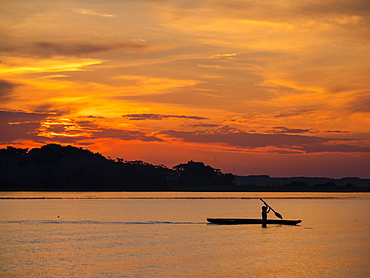
Young man paddling his fishing boat at sunset over calm waters on Clavero Lake, Amazon Basin, Peru, South America
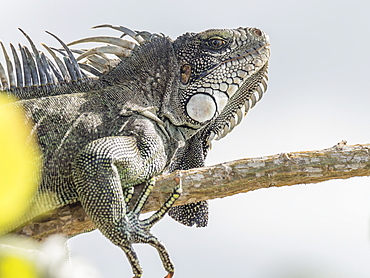
An adult Green Iguana (Iguana iguana), basking in the sun on the Yanayacu River, Amazon Basin, Loreto, Peru, South America
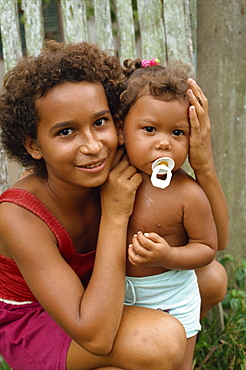
Portrait of a girl and child with a dummy at Pacoval Village on Curua Una river in the Amazon area of Brazil, South America
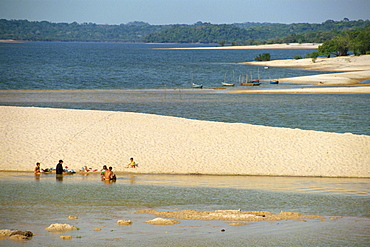
Groups of people and boats on the sand spit beaches at Alter do Chao on the Tapajos River in the Amazon area of Brazil, South America
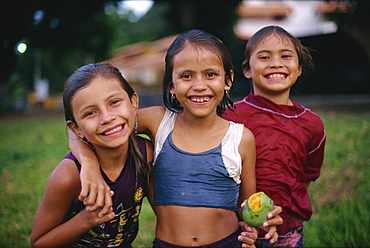
Portrait of a group of smiling children at Alter do Chao, Tapajos, in the Amazon area of Brazil, South America
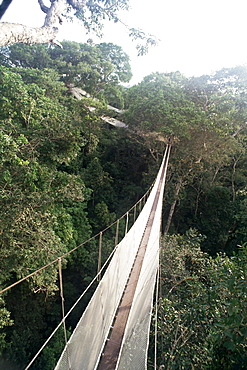
Walkway strung through the treetop canopy of the rainforest, Explorama Lodge, Napo River, Amazon Basin, Peru, South America
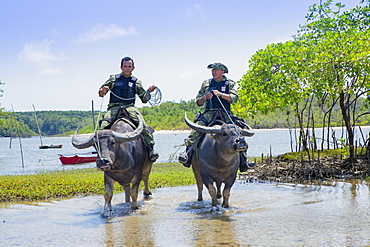
Armed policemen on buffalo back on Marajo Island in the Brazilian Amazon, Para, Brazil, South America

Armed policeman on buffalo back on Marajo Island in the Brazilian Amazon, Para, Brazil, South America

An Achuar woman making a pinink, a traditional bowl for drinking chicha, Amazon, Ecuador, South America
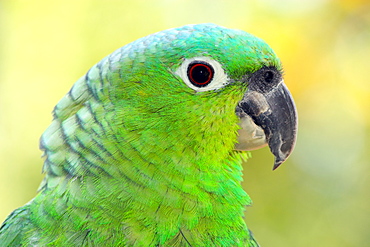
Mealy parrot (Amazona farinosa) is one of the largest Amazon parrot species, in captivity in the United Kingdom, Europe

A young girl gathering catfish from the family fishing pen on Rio El Dorado, Amazon Basin, Loreto, Peru, South America
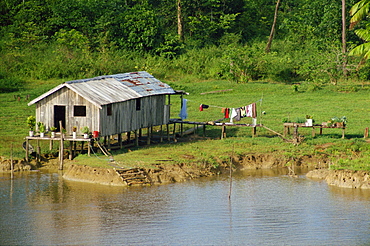
A wooden house with plants and a garden in the Breves Narrows in the Amazon area of Brazil, South America
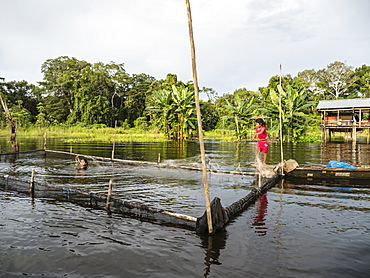
Young girls gathering catfish from the family fishing pen on Rio El Dorado, Amazon Basin, Loreto, Peru, South America
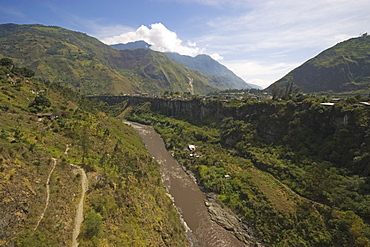
The valley of the Pastaza River, that flows from the Andes to the upper Amazon Basin, near Banos, Ambato Province, Central Highlands, Ecuador, South America
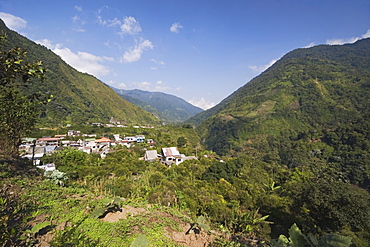
Small town of Machay in the Pastaza River valley, that flows from the Andes to the upper Amazon Basin, near Banos, Ambato Province, Central Highlands, Ecuador, South America
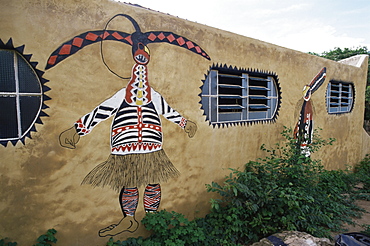
Centre for Preservation of Indian Art, Indian museum, Alter do Chao, Amazon area, Brazil, South America
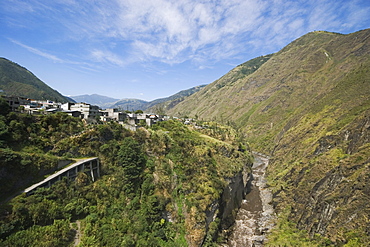
The valley of the Pastaza River, that flows from the Andes to the upper Amazon Basin, near Banos, Ambato Province, Central Highlands, Ecuador, South America

One of many picturesque waterfalls in the valley of the Rio Pastaza that flows from the Andes to the upper Amazon Basin, near Banos, Ambato Province, Central Highlands, Ecuador, South America
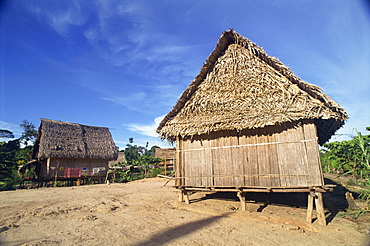
Exterior of thatched houses in Pablo's second village, of the Matses Indian tribe, in the Galvez River area of the Amazon Basin in Peru, South America
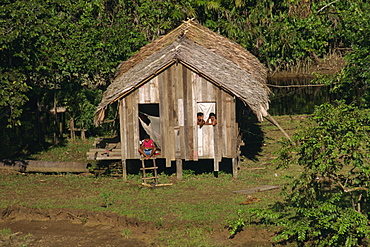
People waving from their thatched palm house on the waters edge, Caboclos, in the Breves Narrows in the Amazon area of Brazil, South America
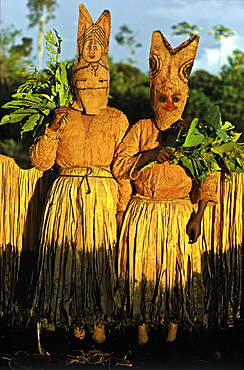
Wearing tree bark cloth masks and skirts, dancers representing fish spirits are invited during the season of the peach palm harvest to drink the juice. it is a feast and ritual exchange: the host group offers the spirits large quantities of peach palm juice, smoked meat and fish, and shaman-blessed coca and snuff. the visitors are the costumed dancers impersonating animal spirits. people eat the meat and fish, animal spirits receive the fruits of peach palm, which are cultivated, harvested, and processed by humans. this exchange expresses the idea that people and animals depend on each other for survival and reproduction. vaupes basin, eastern colombia amazon, population: 600
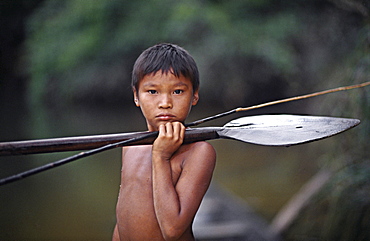
The idea of the interconnectedness of all things is central to the tribal way of looking at the world. practical knowledge of the environment, of crops and medicines, of hunting and fishing, is a byproduct of it. the makuna believe that human beings, animals, and all of nature are parts of the same one. animals and fish live in their own communities, which are just like human communities, with their chiefs, their shamans, their dance houses, their songs, and their material possessions. when human peoples dance in this world, the shaman invites the animal people to dance in theirs. if humans do not dance and shamans do not offer spirit food to the animal people, the animals will die out and there will be no more game left in the world. for the makuna the radical disjunction so characteristic of western thought between nature and culture, men and animals, dissolves. eastern colombia amazon, vaupes region, population: 600
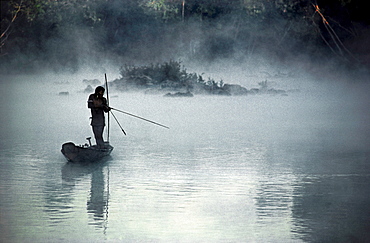
For centuries the amazonian forest has been a nourishing mother for the kayapo, who survive mostly on hunting, fishing and gathering. gorotire kayapo reserve, brazilian amazon
